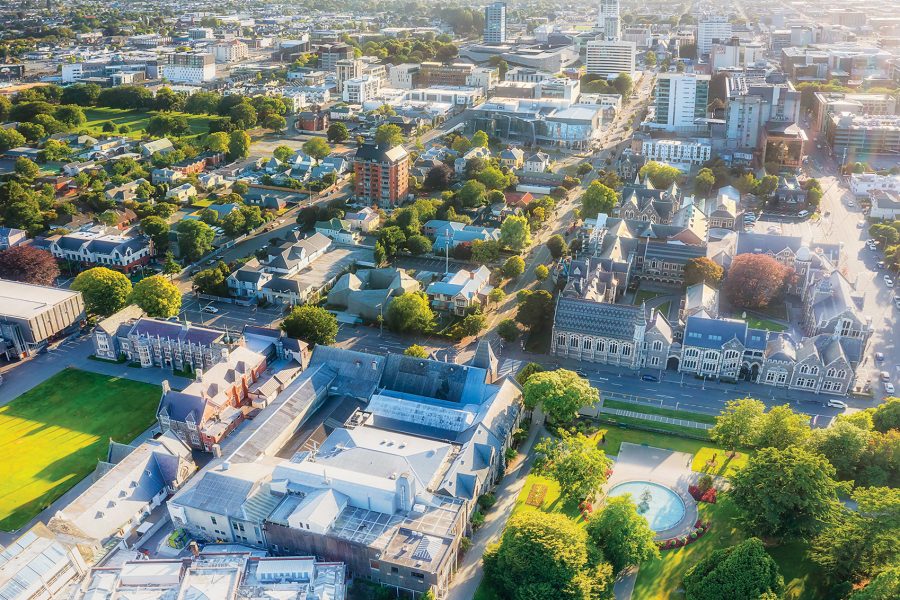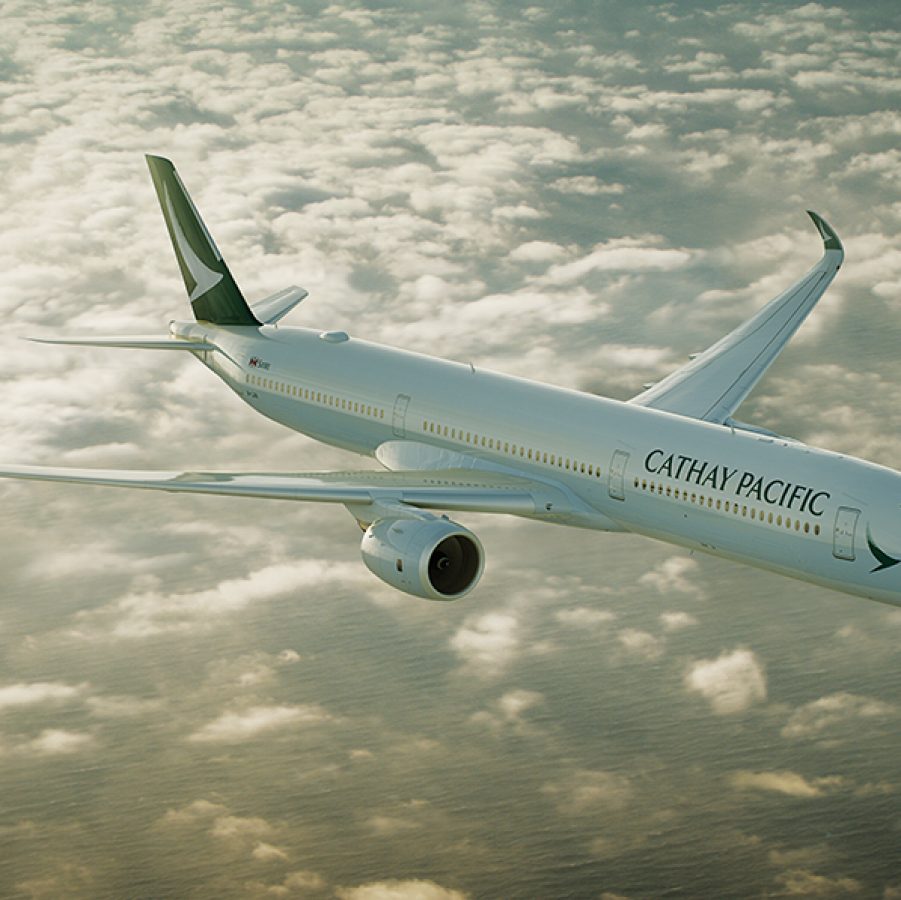How we fly: from drawing board to boarding gate

How does an airline decide where to fly? It’s a good question, and one that has been preoccupying our Planning team as we rebuild our network and add capacity after the pandemic.
“The first thing we consider is market size,” explains Ruize Zhao, Head of Passenger Network. His team has access to various data platforms that show the volume of passengers around the world. Yet, using past data is not always enough for a route to be successful. “It involves a lot of forecasting too,”
he says. “We’re trying to identify a positive trend.”
What’s different for us compared to some other airlines is that connections into and out of our Hong Kong hub are equally as crucial, which involves a lot of balancing. Christchurch, which makes a welcome return this month, is a great example. It’s a popular leisure destination, and we plan to operate three times weekly to catch the Southern Hemisphere summer.
“We don’t just look at local demand between Hong Kong and Christchurch; we also look at demand beyond this route,” he says. “With Christchurch,
I would also consider the demand and connectivity from Europe and the Chinese Mainland, for instance.”
If there is a case to start a route, the next step is to look at resources: ground support, aircraft and the crew to fly them. “We look at the distance and what aircraft would be most suitable depending on the flying distance and customer profile for the specific route,” he says. For the Christchurch route, the aircraft of choice is the Airbus A350.
“The size of an A350-900 is about right,” Zhao says. “And we also have the flexibility to upgrade to the bigger A350-1000, which carries more passengers, if demand is higher than expected.”

Next on the agenda is frequency. Over the past year there has been a priority to “thicken” busy routes such as London, New York and cities on the Chinese Mainland – “we have more than doubled our capacity over the past year,” he adds. As Christchurch is a “long-and-thin” route, starting with three times a week is an efficient deployment for both aircraft and crew.
The last issue to consider is timing. It is not always possible for flights to arrive at overseas airports at a time that suits an ideal Hong Kong departure, especially for long-haul flights. Many airports shut or operate curfews overnight. While the allocated “slot” (the permission to arrive and depart that airlines apply for) may not always be ideal, the Planning team always tries to optimise the schedule for both convenience and connectivity. Furthermore, as Cathay Pacific’s home market extends into the rest of the Greater Bay Area (GBA), intermodal connections to the airport are also considered. Passengers can take advantage of the extensive ferry network and a new bus connection to get to other cities in the GBA without passing through Hong Kong Immigration.
Again, Christchurch balances well. “A 9pm departure gives the Hong Kong community the chance to finish work and get to the airport in good time to set off on their holiday,” he says. “It’s good for flights from elsewhere in Asia and ferries from the GBA, as well as a connecting flight from London that arrives at 6pm. Inbound, it leaves Christchurch in the early afternoon, arriving in Hong Kong just after 9pm; in time for people to go home and get a decent night’s sleep, or transfer to the midnight flights to Europe.”
It’s just a good balance.
Discover more Cathay stories here.
More inspiration
- China – the Chinese Mainland, Hong Kong SAR, Macao SAR and Taiwan Region
- Hong Kong SAR - English
- Chinese Mainland (China) - English
- Taiwan, China - English
- 香港特別行政區 - 繁體中文
- 中国內地 - 简体中文
- 中國台灣 - 繁體中文
- Africa
- South Africa - English
- Americas
- Canada - English
- Canada - Français
- United States - English
- Asia
- Bangladesh - English
- Korea - English
- Singapore - English
- Cambodia - English
- 한국 - 한국어
- Sri Lanka - English
- India - English
- Malaysia - English
- Thailand - English
- Indonesia - English
- Maldives - English
- ประเทศไทย - ภาษาไทย
- Indonesia - Bahasa Indonesia
- Myanmar - English
- Vietnam - English
- Japan - English
- Nepal - English
- Việt Nam - tiếng Việt
- 日本 - 日本語
- Philippines - English
- Australasia
- Australia - English
- New Zealand - English